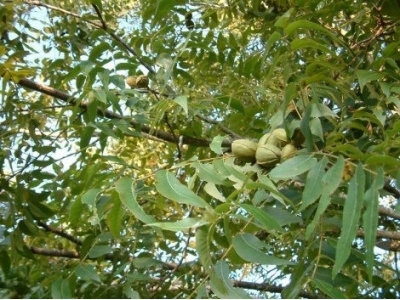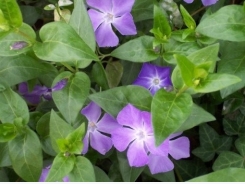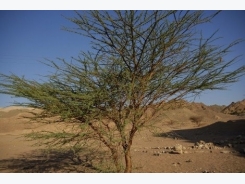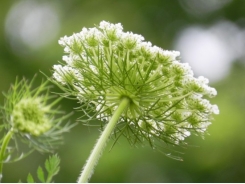Common Diseases of Pecan Trees

Pecan trees (Carya illinoinensis) are as beautiful as they are useful – growing 75 to 100 feet with a wide spreading canopy. Pecan trees are hardy in U.S. Department of Agriculture plant hardiness zones 5 through 10, although they are most commonly grown south of zone 7.
In northern climates, they don’t bear nuts reliably.
Pecan trees can be damaged by many things, including poor, heavy soil, frost or high winds, and of course, disease. Treating diseases on full-grown trees is difficult because of their size. In most cases, prevention is a better strategy. Use disease-free seedlings and provide well-draining, light soil. Water the trees regularly during dry conditions to avoid drought stress.
Blotch
Large black or yellowish spots on the leaves are the main symptoms of blotch. This disease is rarely serious, but in some cases, it can defoliate the trees in late summer. It appears mostly on drought-stressed trees or trees with zinc deficiency.
Keep the trees healthy through proper watering and conduct a soil test to check for any nutrient deficiencies. Rake up and discard leaves in the fall to prevent the disease from overwintering.
Crown gall
This nasty disease causes brown or white nodules to form around the roots of the tree. As the disease progresses, the roots rot and the tree slowly loses vigor and dies. Unfortunately, there is no treatment for the disease. Buy disease-free trees from a reputable nursery and plant them in loose, well-draining soil. Do not plant pecan trees where crown gall has been a problem previously.
Powdery mildew
Powdery mildew affects many plants from lilacs to pumpkins to pecan trees. It appears as a white coating on the leaves and is rarely serious. It is most common in young seedlings. Use drip irrigation rather than overhead sprinklers to prevent its spread. If the condition is severe, treat it with the fungicides recommended for scab (see below).
Rosette
Rosette is caused by a zinc deficiency. In infected trees, you’ll first notice yellowing leaves in the tops of the trees. Later, leaves become small and entire branches may die back or become defoliated. To treat this condition, spray the leaves with a solution of 1 tablespoon zinc sulfate per gallon of water. You can also add zinc to the soil for a longer lasting solution. Make applications based on soil test results or at a rate of ½ pound per inch of trunk diameter. Spread the zinc evenly on the soil from the trunk to the drip line.
Scab
Scab is one of the most common diseases to infect pecan trees, depending on where you live. It first appears as damage to the leaves and nuts. Leaves develop olive brown splotches on the undersides of the leaves. As the disease progresses, the upper sides of the leaves develop markings, as well. In severe cases, the tree becomes defoliated, which can weaken the tree and reduce pecan production.
The nuts also develop olive-brown, velvety splotches on the husks. In some cases, the entire husk becomes covered or the nuts drop prematurely from the tree.
Although fungicides are available, the average home grower lacks the equipment necessary for application. Instead, your best strategy is to plant disease resistant varieties, such as Cape Fear, Desirable, Elliott and Chickasaw. Fungicides labeled for treating scab include Benlate 50WB, Enable 2F and Orbit 3.6EZ. Follow all package directions carefully and make applications every three weeks from the time leaves first emerge until the shells harden.
Wood or heart rot
These fungal diseases enter pecan trees that have been injured by storm, improper pruning or damage during home construction. Once the fungus enters the tree, it slowly rots the wood, weakening and eventually killing the tree. To prevent wood or heart rot, prune the tree regularly to remove branches damaged by ice or wind. Use proper pruning techniques and avoid ripping the bark.
Có thể bạn quan tâm
Phần mềm

Phối trộn thức ăn chăn nuôi

Pha dung dịch thủy canh

Định mức cho tôm ăn

Phối trộn phân bón NPK

Xác định tỷ lệ tôm sống

Chuyển đổi đơn vị phân bón

Xác định công suất sục khí

Chuyển đổi đơn vị tôm

Tính diện tích nhà kính

Tính thể tích ao hồ




 How to Grow or Eradicate Horsetail Plant
How to Grow or Eradicate Horsetail Plant  How to Grow Queen Anne's Lace
How to Grow Queen Anne's Lace